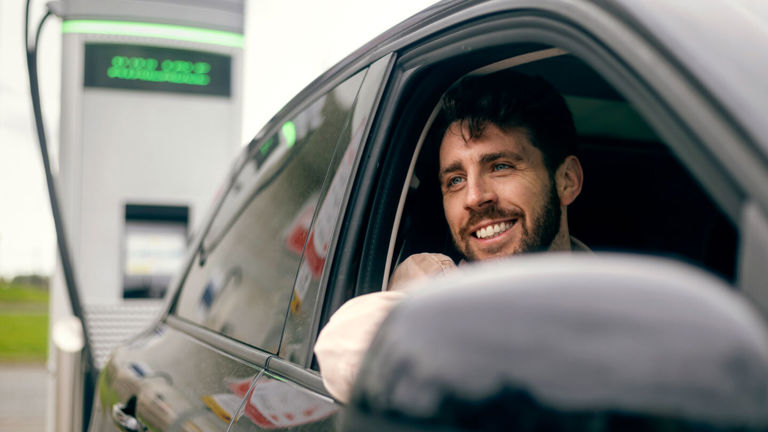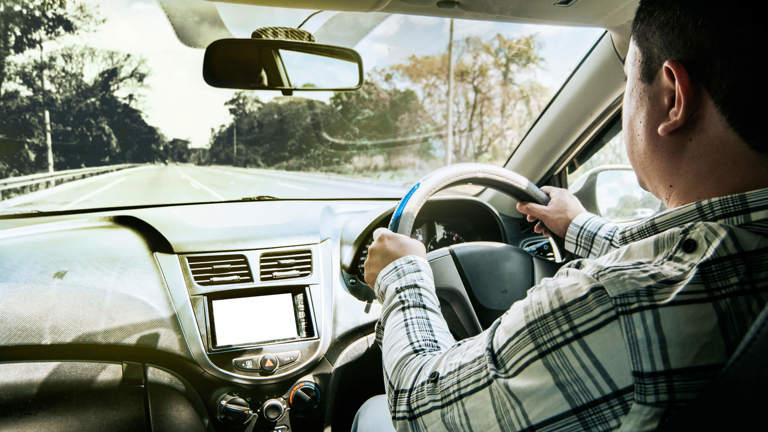Perhaps one of the most challenging driving lessons is learning how to merge. If you're a learner driver or if you plan on showing a learner driver the ropes, here are a few things to keep in mind.
The theory
There are two common types of merging. The rules applying to each depends on whether the road is marked or unmarked.
- Marked – if the road is marked with lanes and your lane (usually the left lane) is coming to an end, then you must give way to traffic already in the other lane (the right lane). Usually the solid line between the lanes will become broken or dashed and there will often be a large arrow in your lane indicating that you must merge to the right. You must indicate, slow down and merge in behind the vehicle beside you.
- Unmarked – if the road is unmarked and is narrowing, requiring traffic to merge, you must give way to the vehicle that is ahead of you. Even if they are only half a car length in front of you, you must slow down and merge behind them, as they have right of way. Similarly, any vehicle that is behind you must give way to you, allowing you to merge ahead of them. This called a zip merger.
The practice
Merging smoothly requires practice, so you should have your learner execute the manoeuvre as often as possible during your driving lessons. Hopefully, after doing it a number of times, it will become second nature to them and they will be able to merge safely without thinking about it.
Merging onto Freeways
One merging scenario that is a little more daunting for inexperienced drivers is merging onto freeways, where the traffic is travelling at much higher speeds. Freeway on-ramps are always marked clearly with dotted lines showing you that your lane ends and you must merge across into the nearest lane. On some freeways, your lane will continue for some distance, giving you plenty of time to execute your merge, but this is not always the case, so you need to be preparing to merge from the moment you drive up the on-ramp.
Traffic authorities recommend that drivers merging onto a freeway should build up speed on the on-ramp, so that they are travelling at a similar speed to those vehicles already on the freeway. This will allow them to merge more easily into a gap in the traffic. In most instances, drivers already on the freeway will adjust their speed or change lanes to allow merging vehicles to enter safely, but you can’t count on that always being the case and the responsibility is on the merging vehicle to do so safely.
Again, freeway merging is all about practice, so when you feel your learner has mastered the skill of merging on normal roads, have them enter and exit the freeway a few times to get used to high speed merging. An important point to get across to your learner is that they cannot rely on other motorists to always do the right thing, so they must learn to drive defensively when merging to allow for other road users’ mistakes and inconsistencies.
Other things to consider when teaching someone to drive is also about what to do after you have a car accident, general can maintenance including the appropriate level of car insurance as well as basic vehicle safety tips.



